Cultural heritage is one of the strengths that can help Vietnamese enterprises go out into the world , contributing to raising the position of Vietnam's National Brand on the global rankings. Currently, we have not yet taken full advantage of this advantage.
Building a "wave" of Vietnamese brands globally, promoting the advantages of national heritage and culture to help Vietnamese businesses build brands that reach international standards has been a passionate topic for many years of Ms. Tran Tue Tri, Senior Advisor of Brand Purpose Organization, Member of the Executive Board of AVSE Global, author of the book "Vietnamese Brands - Golden Moment". 

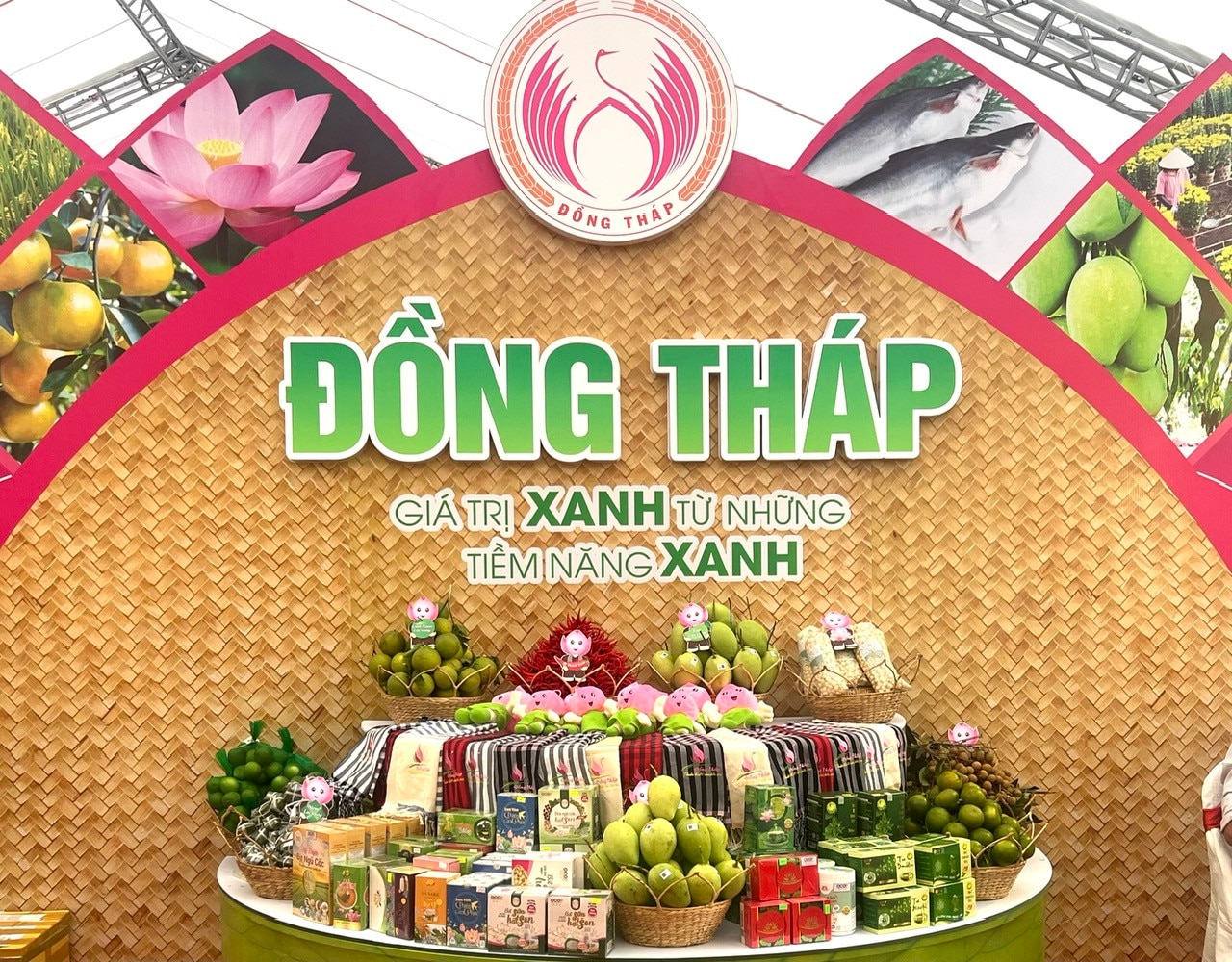
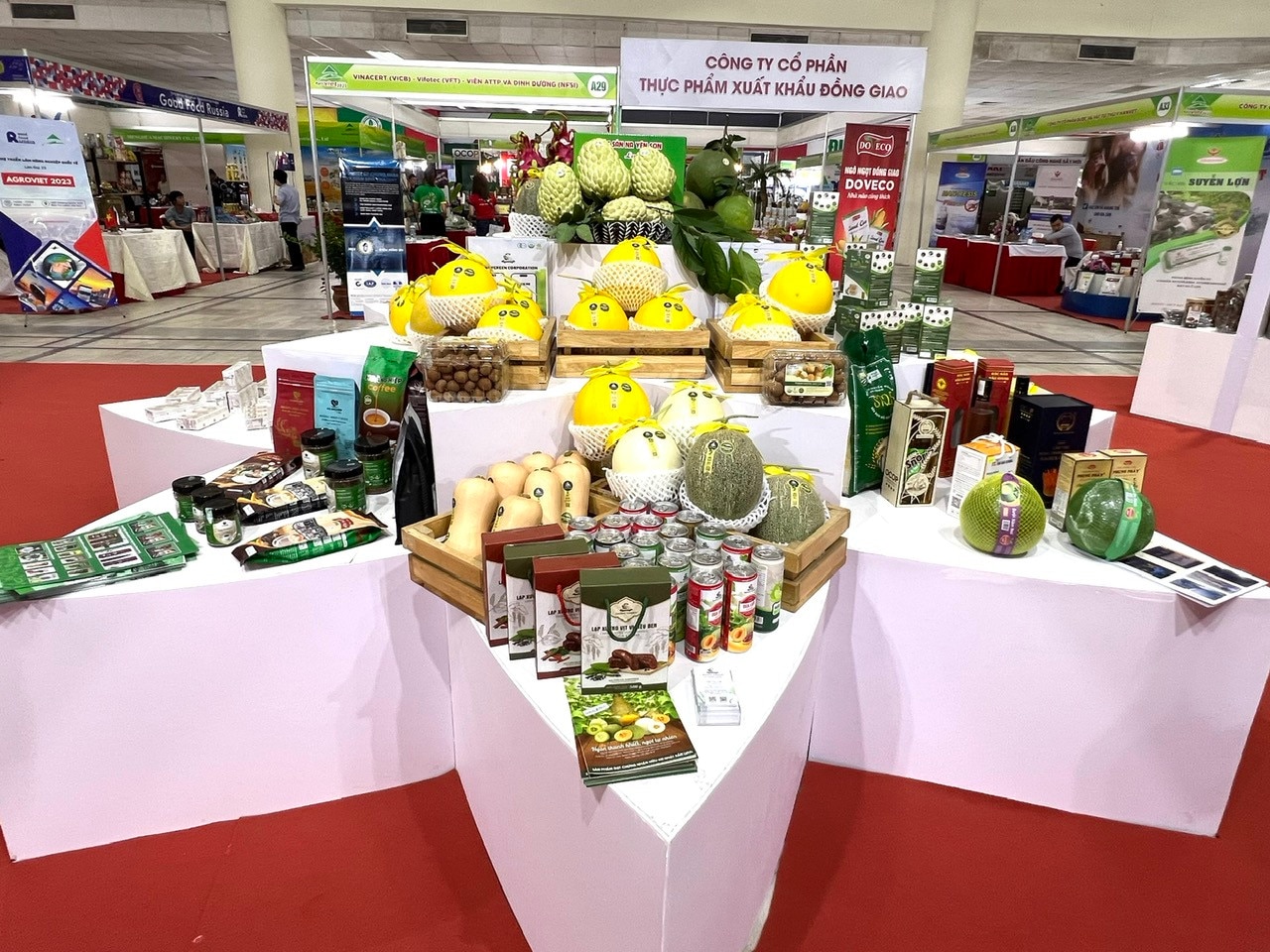

Ms. Tran Tue Tri, Senior Advisor of Brand Purpose Organization, Member of AVSE Global Executive Board, author of the book "Vietnamese Brand - Golden Moment". (Photo provided by the character)
“Golden time” for Vietnamese brands According to Ms. Tue Tri, this is the “golden time” for Vietnamese brands. There are many opportunities for Vietnamese businesses to go global. For example, the large number of overseas Vietnamese (according to statistics from the Ministry of Foreign Affairs , Vietnam has more than 5 million overseas Vietnamese) are “brand ambassadors” who can help Vietnamese businesses expand international business opportunities. Another favorable factor - China Plus One Strategy (China +1). Many large companies in the world want to diversify their product supply sources, not depending on the Chinese market alone. Vietnam is a very valuable choice in the China Plus One strategy of global companies. This is an opportunity for Vietnamese companies to reach out to the world market. Along with that is the increasing demand for cross-border e-commerce and digital media. 20 years ago, going abroad was a big challenge for Vietnamese businesses because it cost a lot of money to communicate and develop distribution channels. Now, with digital communication and cross-border e-commerce, penetrating international markets has become easier and more affordable. Vietnamese businesses can be more bold in reaching out to the world.
According to the announcement of Brand Finance in August 2023, Viettel is the most valuable brand in Vietnam and the most valuable telecommunications brand in Southeast Asia. (Photo: Binh Minh)
Citing the statistics of Brand Finance, the Vietnamese National Brand ranked 32nd on the world brand map in 2022, Ms. Tue Tri commented: “This is a very good signal. This 32nd position is also very close to Vietnam's GDP position on the world rankings - 33rd position”. Trying to find out what has motivated the development of national brands, the female Senior Advisor realized the very important role of product and service brands provided by businesses. Looking at the map of the Top 25 most valuable brands in the world (according to Brand Finance statistics in 2022), countries with strong economies in the world will have many brands in the Top 25. For example, the US has 12 brands, their brand value accounts for more than 50% of the total value of the Top 25; China has 7 brands; Germany, Japan, South Korea, and the UK each have 1 brand. The world brand “picture” is proportional to the GDP “picture”. The US is still the country with the largest GDP in the world: 27,000 billion USD. Next is China. It can be said that the development of global brands of enterprises in each country is the driving force for the growth of that national brand. Whenever the US is mentioned, people immediately think of Google. In other words, Google - one of the global brands of enterprises - has contributed to enhancing the position of the US National Brand. Therefore, Vietnamese enterprises need to be more aware of the importance of building global brands. In addition to contributing to the country's economic growth, global brands of enterprises can also strengthen and increase the position of the Vietnamese National Brand. “Building a global brand is also an opportunity for Vietnamese businesses to grow rapidly when the market does not stop at 100 million people in the country but has up to 8 billion people in the world,” Ms. Tue Tri added, adding the benefits for businesses. Need to better utilize the advantages of national cultural heritage “Vietnam's cultural heritage is a strength that can help Vietnamese businesses go out into the world, strengthening the position of Vietnam's National Brand on the global rankings. However, we have not yet made good use of that advantage. Looking at Google Arts & Culture, we only see a few scattered information introducing Vietnam's cultural heritage. We need to pay more attention to this issue,” Ms. Tue Tri noted. The Senior Advisor of Brand Purpose Organization suggests 5 cultural areas that Vietnamese businesses should pay attention to exploiting if they want to quickly build a brand and enter the international market. First, culinary culture. The treasure trove of Vietnamese culinary culture is very rich and diverse, with many healthy dishes. Out of nearly 3,000 Vietnamese dishes, Hue alone has 1,700 dishes, and Hue cuisine has been recognized as an intangible cultural heritage of the world. This is an advantage that needs to be promoted. Vietnam can learn from the experience of the "land of kimchi": Instant noodles are used effectively in the process of promoting the Korean National Brand. In Korean movies, couples in love always go out to eat noodles. Second, agricultural culture. Green and clean Vietnamese agricultural products are increasingly winning the hearts of many consumers around the world. Looking to Japan, in 2020, Japanese Ruby grapes were auctioned for 12,000 USD for a bunch, equivalent to 400 USD/fruit. With the Japanese culture of considering fruit as a precious gift to give, Japanese supermarkets do not sell damaged or bad fruit, thereby creating consumer awareness of the Japanese agricultural product brand as always delicious and good. This is a story that inspires the building of Vietnamese agricultural product brands in a similar way.
Vietnamese green and clean agricultural products are increasingly winning the hearts of consumers around the world. (Photo: Binh Minh)
Third, the heritage of fine arts and architecture. Vietnam is the first country in Southeast Asia to have the Indochina College of Fine Arts, established in 1925; it is one of the leading countries in joining the modern painting trend. Vietnamese people love beauty and have a very good artistic eye. This is a great advantage when designing product brands. “Korea has done very well in designing fine arts to create attractive impressions about product brands. Some ceramic products in the UK have also taken advantage of architectural fine arts to create inspiring stories about culture. I hope that Vietnamese businesses can also take advantage of and promote their strengths in fine arts in design to elevate Vietnamese brands. Some Vietnamese businesses like Bitis have been quite successful in this. This is a very bright spot, we can continue to promote and create a larger scale,” Ms. Tue Tri suggested. Fourth, craft village culture. Vietnam has up to 5,400 craft villages. Many countries in the world such as Japan, Thailand, Dubai... have promoted craft village culture to build product brands. Typically, Thailand has started implementing the OTOP Program (One Village/Commune One Product) since around 2000. Up to now, the annual revenue of this OTOP industry has reached about 50 billion USD, accounting for 10% of Thailand's GDP. "I just learned about Vietnam's OCOP Program (One Commune One Product). This is also an opportunity to help Vietnamese businesses consolidate the domestic market, gradually reaching out to the world market," Ms. Tue Tri shared. Fifth, cultural heritage tourism . Vietnam is one of two countries in Southeast Asia with many sites recognized by UNESCO as world heritage sites (Vietnam and Indonesia both have 8 recognized sites). This is also an opportunity for strong development of Vietnamese brands in the coming time. Preparing to go out into the world “The very important thing that I want to emphasize is that when building a global brand and reaching out to the world, Vietnamese enterprises must have better management capacity, higher international competitiveness, and must be more innovative. Sometimes “in the land of the blind, the one-eyed man is king”, in the country we are number 1, but when going out we are still not as good as anyone else”, Ms. Tue Tri recommended.
When building a global brand and reaching out to the world, Vietnamese enterprises must have better management capacity, higher international competitiveness, and more innovation. Photo: (Binh Minh)
In fact, 98% of Vietnamese enterprises are small and medium-sized enterprises, facing many difficulties in capital, human resources, etc., and have no experience in building brands on a large scale. Meanwhile, the decline and instability of the world economy is leading to a trend of reducing consumption. Therefore, according to the perspective of the Senior Advisor of Brand Purpose Organization, when building a strategy to go global, Vietnamese enterprises need to learn more about management and brand building; and need more support in creating an ecosystem to "go together" on the journey to conquer foreign markets. Discussing how Vietnamese businesses need to prepare for "going out to sea", with extensive experience in building global competitive strategies for businesses in more than 40 countries around the world, the Senior Advisor of Brand Purpose Organization analyzed: "Some businesses do not develop their business activities well in Vietnam but are still very successful abroad. However, for most large-scale businesses that want to succeed abroad, their success rate in the country is very important. Because the domestic market is the market where businesses can experiment, build a strong management system and brand. A typical example is Samsung - not only a strong phone brand globally but also very strong domestically. Therefore, Vietnamese businesses need to pay attention to building a brand and developing scale domestically before entering the world market. Before "sending troops to fight in foreign countries", they must have very strong internal strength." On the other hand, businesses also need to have a methodical strategy to approach the international market. First, we must learn about the potential market - the market where we have a competitive advantage. Second, we must understand the habits, needs, and difficulties of the consumers we are about to approach. Understanding the target customer is a very important factor when we enter the world market. From there, we must plan to approach the market, especially the distribution channel. If we have a brand but no distribution channel, we cannot create value and reach customers. In addition, finding a reliable partner and attracting talent in the international market are also very important issues. For businesses that are still confused about which model to choose to build a brand and enter the international market, Ms. Tue Tri suggests referring to the 6P model - including 6 main factors: Product, Price, Place, Promotion, People and Process. “When going abroad, businesses must position their brand to suit each specific market,” added Ms. Tue Tri to Vietnamese businesses, along with an illustrative example of Downy fabric softener. In the US market, Downy's brand positioning is always to make clothes soft and fragrant. But when entering Vietnam, positioning fabric softener is not important to consumers, because when Downy entered the Vietnamese market, many Vietnamese people did not use bath towels, so the softness could not be clearly seen. For Vietnamese people, fragrance is important, they always like to inhale the fragrance when hugging and kissing their children, family members, etc. Therefore, Downy's positioning when entering Vietnam focused on the story of "long-lasting fragrance all day" with many choices of fragrance. The Japanese market is a different matter. Japanese people have the habit of eating a lot of grilled meat, and clothes are easily affected by unpleasant odors. And then Downy's positioning in Japan changed to deodorizing. “Understanding consumers is very important. Even if you have a good product, if you do not understand what consumers want and deliver a message to every market, you will still not be successful,” Ms. Tue Tri concluded from the practical experience of someone who has held the position of Vice President of Unilever Global Brand for many years.Vietnamnet.vn
Source link

![[Photo] Prime Minister Pham Minh Chinh receives the Chairman of the Japan-Vietnam Friendship Association in the Kansai region](https://vphoto.vietnam.vn/thumb/1200x675/vietnam/resource/IMAGE/2025/11/03/1762176259003_ndo_br_dsc-9224-jpg.webp)

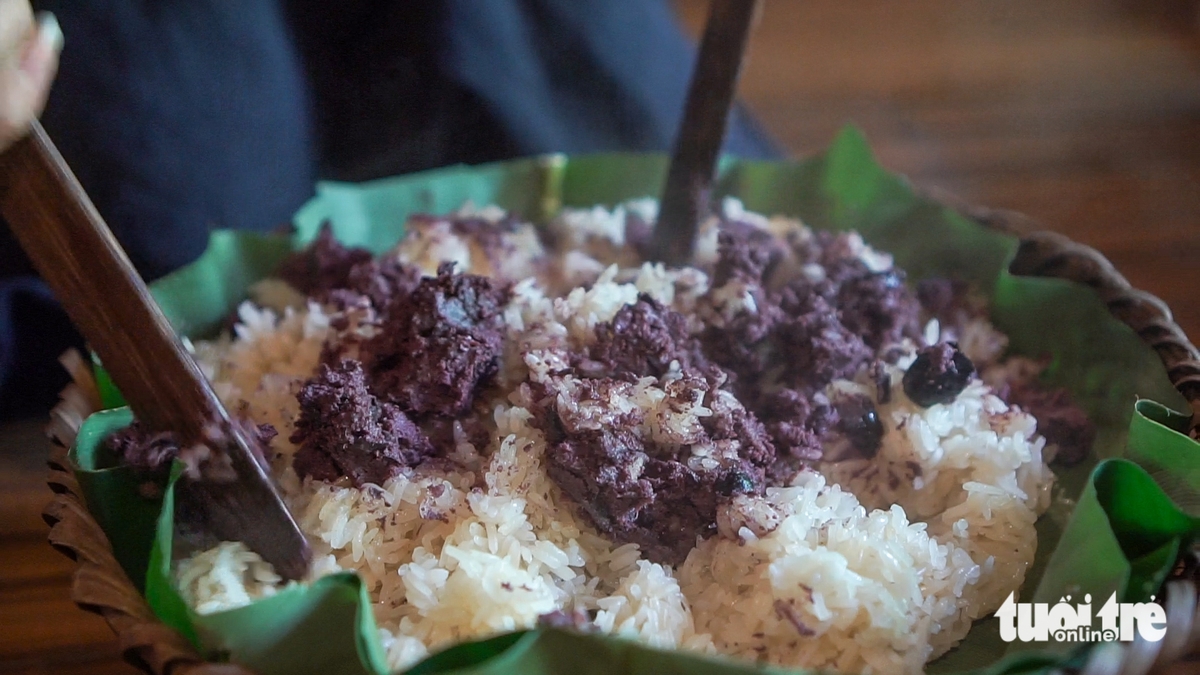
![[Photo] Fall Fair 2025 and impressive records](https://vphoto.vietnam.vn/thumb/1200x675/vietnam/resource/IMAGE/2025/11/03/1762180761230_ndo_br_tk-hcmt-15-jpg.webp)






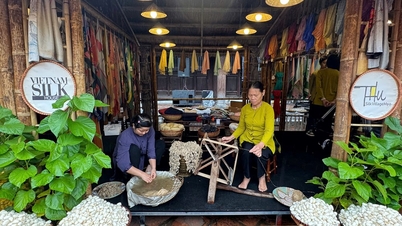

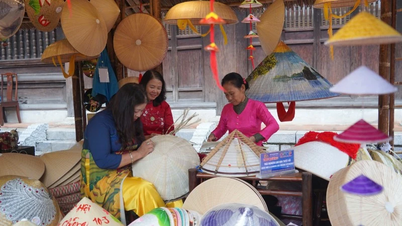





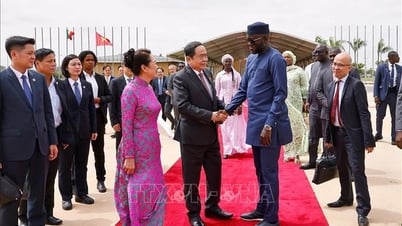


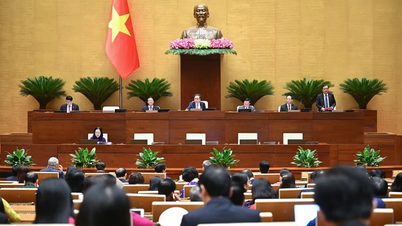













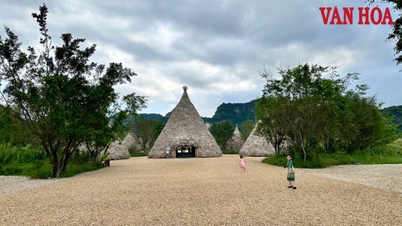
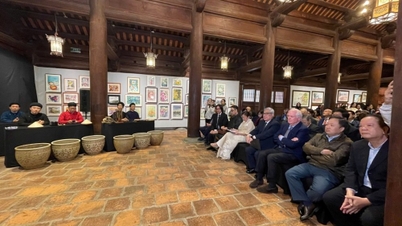



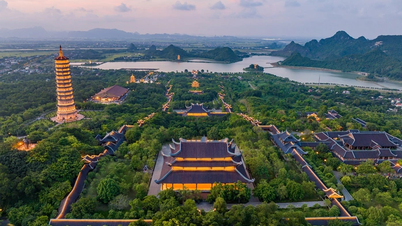






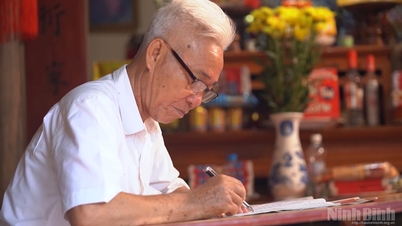





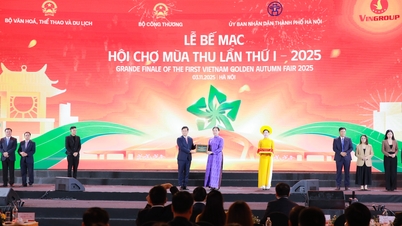

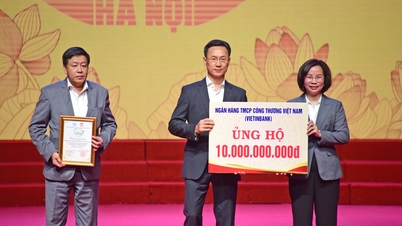











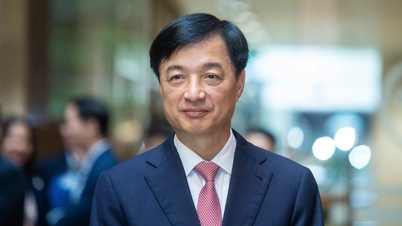












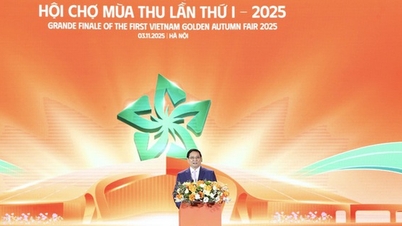







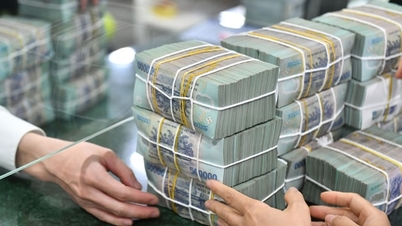















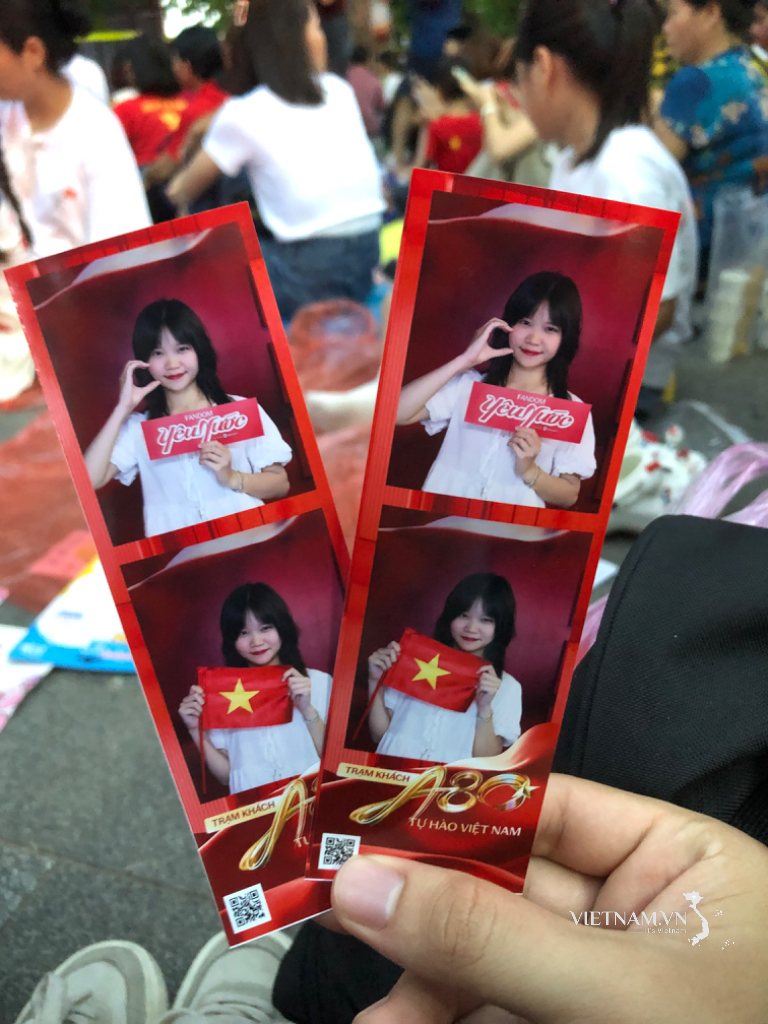
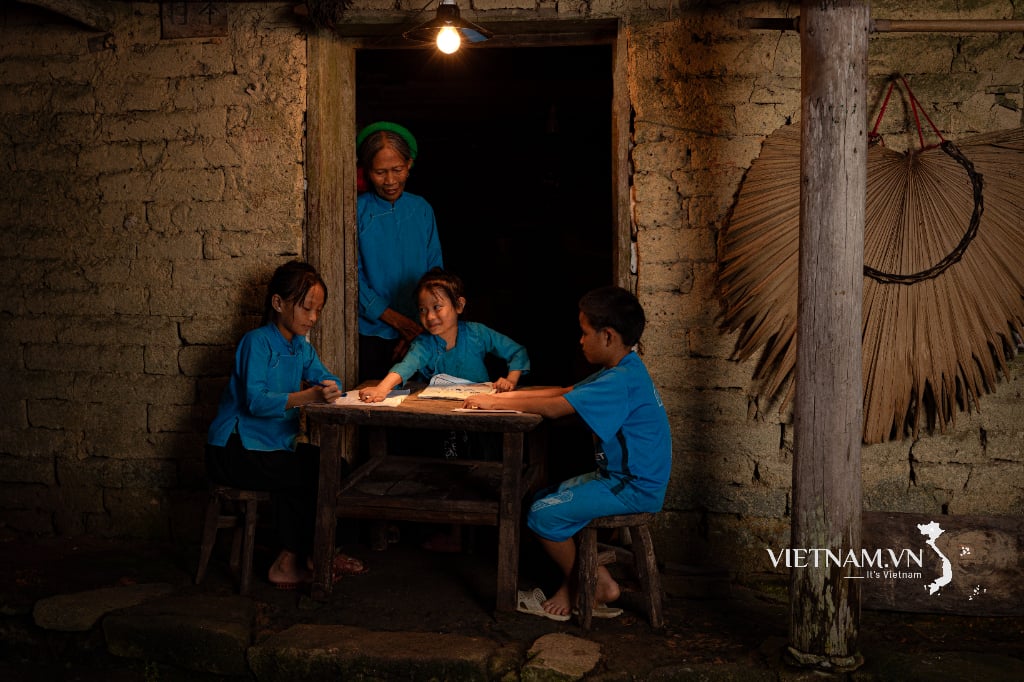

Comment (0)